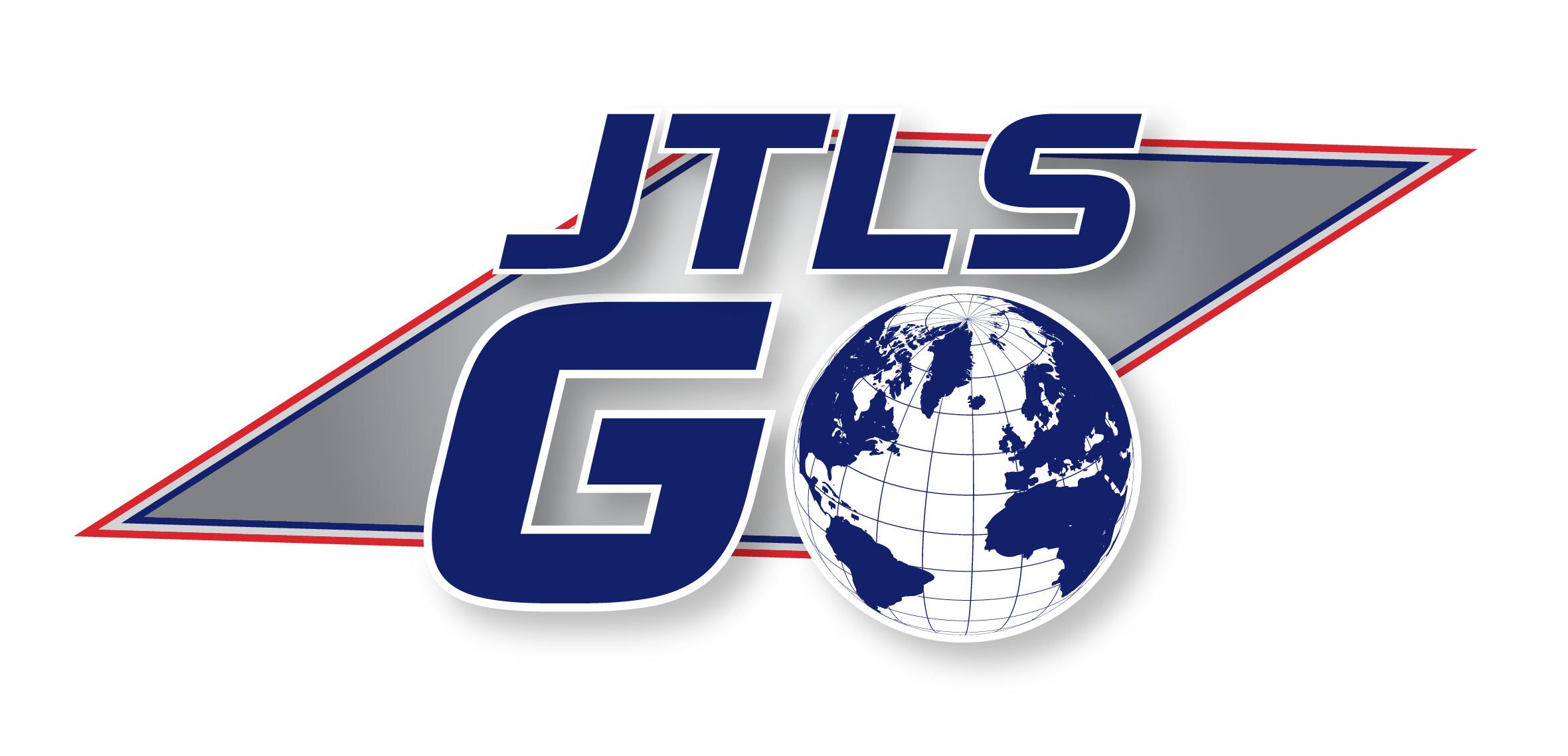JTLS-GO Executive Overview
The Joint Theater Level Simulation - Global Operations (JTLS-GO ®) is an interactive, Internet-enabled simulation that models multi-sided air, ground, and naval civil-military operations with logistical, Special Operation Force (SOF), and intelligence support. JTLS-GO development began in 1983 as a project funded by the U.S. Readiness Command, the U.S. Army Concepts Analysis Agency, and the U.S. Army War College. The Simulation was originally designed as a tool for development and analysis of joint and combined (coalition) operations plans. JTLS-GO has been primarily used as a training support model that is theater-independent and does not require a knowledge of programming to operate effectively.
The primary focus of the JTLS-GO system is conventional joint and combined operations at the Operational Level of War as defined by the Joint Staff's Universal Joint Task List. JTLS-GO explicitly simulates air, land, sea, amphibious, and SOF operations. The Simulation supports low-intensity conflict and pre-conflict operations, as well as support of Humanitarian Assistance and Disaster Relief (HA/DR) scenarios. It has limited nuclear and chemical effects represenation.
All processes are designed to support doctrine-neutral implementation for maximum flexibility. The Simulation represents units and targets as basic entities. The user-configurable database defines unit sizes, combat systems, supply categories, and militarily significant targets to be represented. High resolution target systems complement the more aggregated unit structure. The scenario database can be developed to represent the requisite detail for systems of interest within this unit structure.
Multi-sided coalition air, land, sea, and SOF forces can be represented. The model also supports the representation of civilian and non-combatant forces within sectors of interest. A maximum of twenty Force Sides can be represented, and each Side can be divided further into an unlimited number of Factions. A Faction’s Side allegiance is dynamically changeable during scenario execution. Side relationships are asymmetric and can also be dynamically modified. Side names, Faction names, and the symbols used to display the assets belonging to a Side are user-configurable within the database.
Air-to-air operations can be controlled as aggregate, multi-sided mission packages, but are adjudicated at the object level. Probability of hit (pH) and probability of kill (pK) factors are used for each mission element. Adjudication is stochastic.
Surface-to-air operations are modeled at the object level and use probability of engage (pE) and pK factors for each mission. Adjudication is stochastic.
Air-to-ground operations, surface-to-surface missiles, and artillery operations including naval gunfire support are modeled at the object level. These objects use pH and pK for precision-guided munitions and target density functions for area weapon coverage. Adjudication of precision-guided munitions is stochastic and area weapon results are deterministic.
The land warfare module uses Lanchester attrition methodology to aggregate the effects of direct fire weapons and direct support systems not engaged in explicit fire support operations. Adjudication is deterministic.
Humanitarian Assistance/Disaster Relief: JTLS-GO can simulate more than just military operations. Humanitarian Assistance and Disaster Relief operations can be simulated by the use of the model to simulate the damage caused by a natural disaster, the movement of civil/military assets into and within the affected area, and the movement, distribution, and consumption of supplies by civil/military and civilian forces. Potential HA/DR operations that JTLS-GO can simulate include the response to chemical or nuclear contamination, wildfires, floods, earthquakes, hurricanes, and disease outbreaks. For more details please visit our HA/DR Page
JTLS-GO recognizes relevant terrain, weapons, movement, attrition tables, unit characteristics, and Time-Phased Force Deployment Data (TPFDD) as input. No data elements are hard-coded; therefore, creating a completely new database is complex and time-consuming. A Standard Database that includes several reusable modules is delivered with the JTLS-GO system. The estimated time to develop a new client specified database is six to eight months, but development for a scenario that uses the delivered database is approximately four weeks, depending on the availability of Order of Battle (OB) information.
Terrain is an extremely important aspect of the database. Only basic terrain features are required to support the Simulation at the Operational Level of War. JTLS-GO represents terrain as layered variable sized grids and covers the entire world. Each grid aggregates regional terrain and environmental characteristics, such as trafficability, elevation, and chemical or nuclear contamination. Roads, rivers, pipelines, and railroads are represented as network overlays on the gridded terrain.
Point targets modify trafficability by providing targetable enhancements to the baseline terrain conditions. For example, bridges, tunnels, and interdiction points can be explicitly represented and targeted. Destruction of these targets affects the underlying terrain representation. Similarly, pumping stations and rail yards can be explicitly represented and targeted. Their destruction affects the underlying capabilities of the associated pipeline and rail networks.
JTLS-GO is an interactive simulation that requires user decisions to manage processes and entities. The Web Hosted Interface Program (WHIP) allows visual interaction with the simulation in the form of order input and graphical image and data displays. The WHIP has been constructed to conform to IEEE Internationalization Standards (i18n), allowing users to deploy and utilize the interface in their native language.
JTLS-GO operators can use order entry panels displayed on the WHIP screen, a spreadsheet of similarly formatted orders, or a standard Decision Support System (DSS) translation program delivered with JTLS-GO. For example, the JTLS-GO Air Tasking Order Translator (ATOT) accomplishes automatic input of Air Tasking Orders (ATOs) from the U.S. TBMCS or the NATO ICC.
Each Player and Controller WHIP workstation provides a graphical display of aggregated land units, individual air missions, surface and subsurface ships, and more detailed entity level High Resolution Units (HRUs). Users obtain current status information about force mission, posture, and capabilities from an interactive, real-time Information Management Tool (IMT) component that provides user-configurable, spreadsheet-formatted data displays.
JTLS-GO users receive messages and reports about the movement, attrition, and logistics status of their own forces, as well as intelligence summaries and capabilities of opposing forces. Users at each workstation can elect to view simulation messages in plain language or U.S. Message Text Format (USMTF). Message outputs may be sent electronically to standard Simple Message Text Protocol (SMTP) electronic mail workstations. Data feeds to C4I systems such as the Global Command Control System (GCCS), Joint Operational Tracking System (JOTS), and Joint Military Command Information System (JMCIS), have been successfully implemented and are frequently used during training exercises to populate real-world Common Operational Picture (COP) displays.
A graphical replay capability that depicts scenario events during user-selectable time intervals is supported and allows retrieval and summarization of After Action Review (AAR) statistics.
JTLS-GO users specify the desired ratio of exercise time to real time. The maximum feasible ratio is dependent upon the simulation's hardware platform and scenario size. Although the capability to maintain a game ratio of at least 6 to 1 is a design objective, as much as 20 to 1 can currently be maintained for large, conflict-intensive scenarios.
JTLS-GO modeling assumptions limit its usefulness when aggregated ground units are represented below the company level. However, HRUs as small as individual Traffic Control Points or reconnaissance patrols are supported.
The JTLS-GO Equipment List page provides a summary description of supported hardware system configurations.
JTLS-GO is HLA compliant and has been successfully integrated with other simulations to provide expanded resolution capabilities in a joint training environment.
- The Joint Multi-Resolution Model (JMRM) was a federation of JTLS-GO and the Joint Conflict and Tactical Simulation (JCATS). JCATS is developed and managed by Lawrence Livermore National Laboratory (LLNL).
- The NATO Exercise and Training Network (NETN) federation is currently an experimental federation that includes JTLS-GO and the Virtual Battle Space 2 (VBS2) product.
A complete documentation suite consisting of 20 manuals and user guides is included with each JTLS-GO release.
Download the JTLS-GO 6.0 Executive Overview

